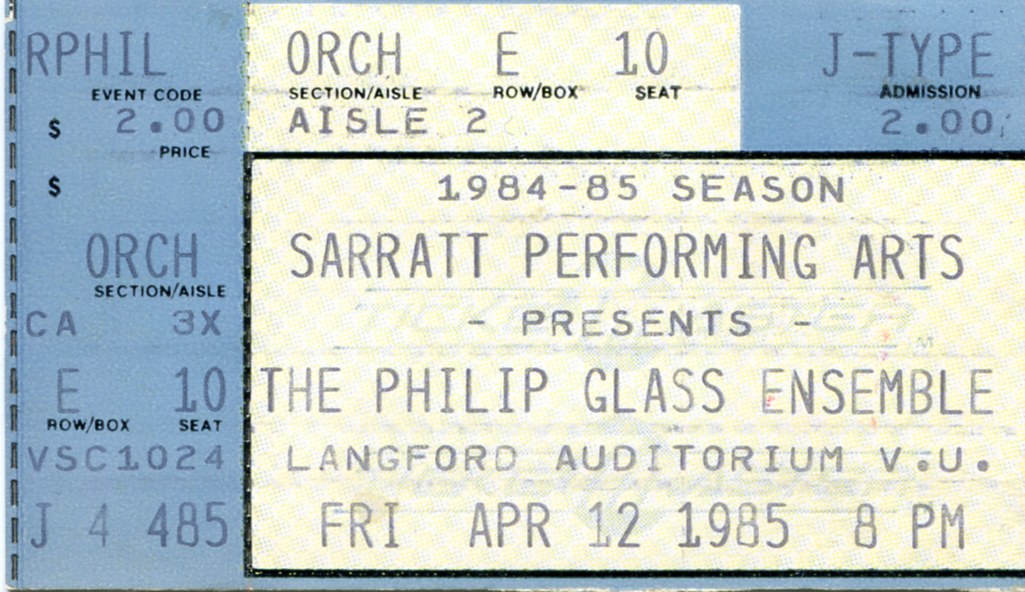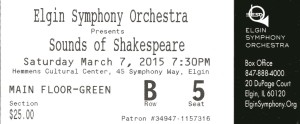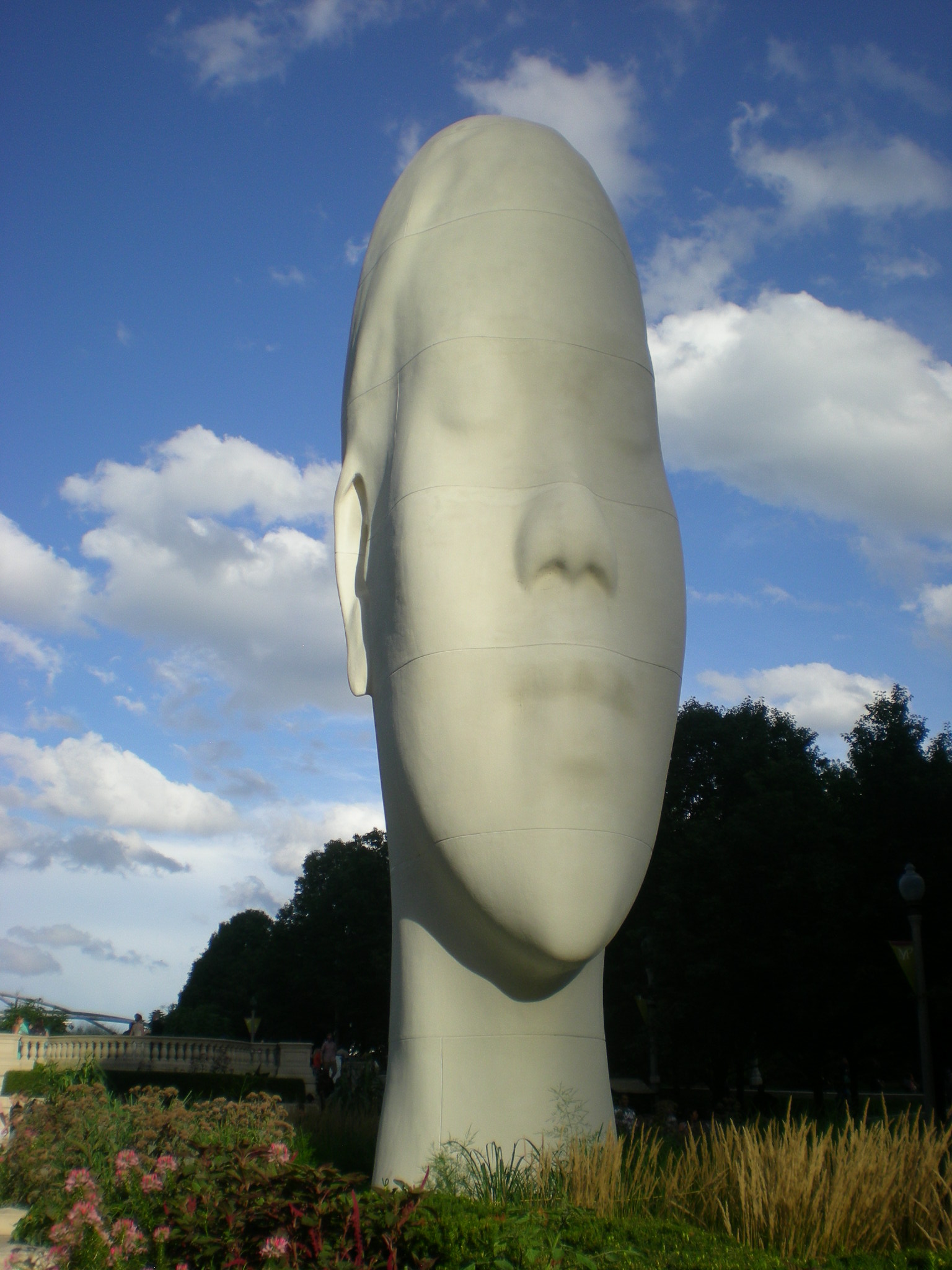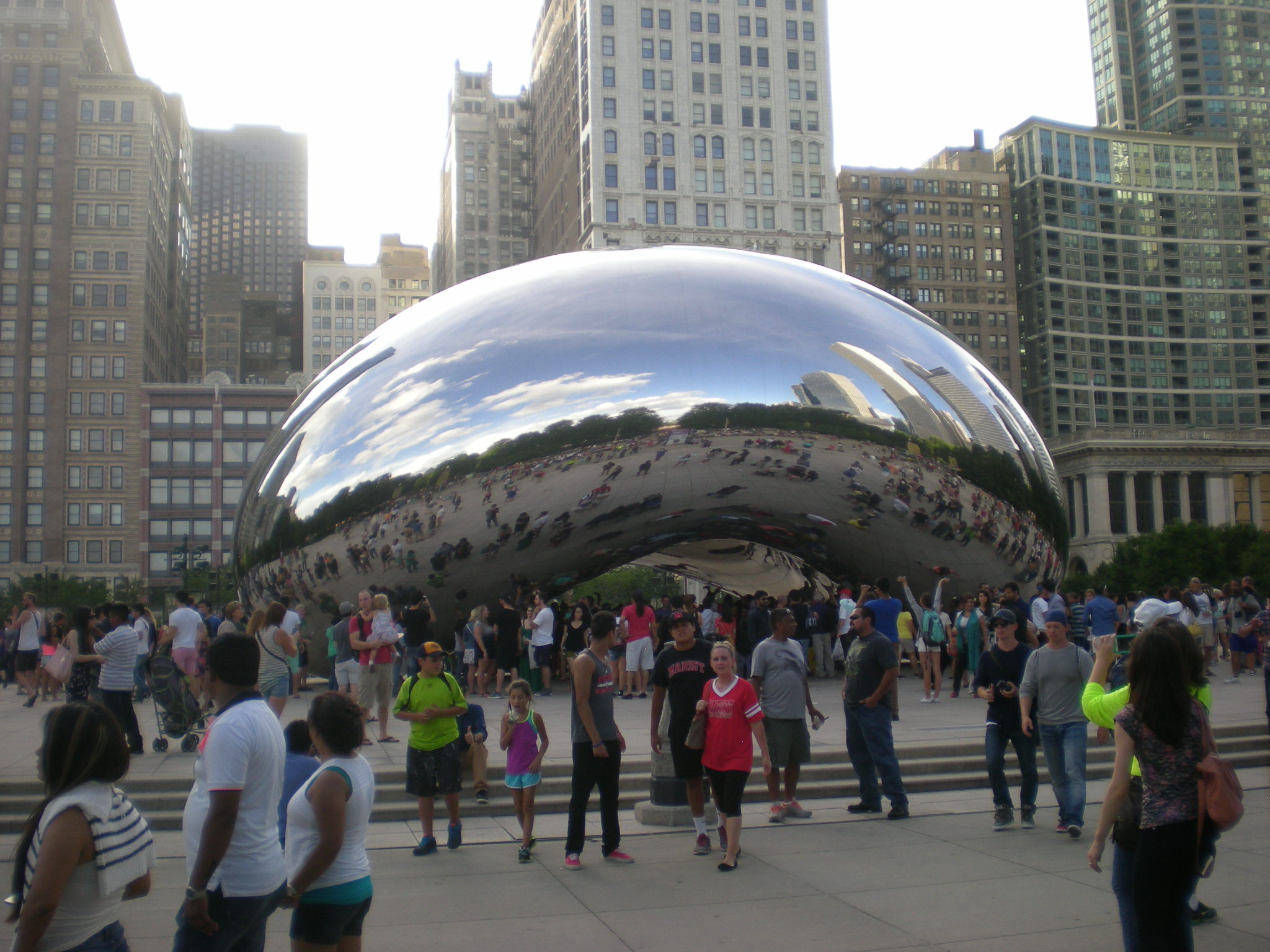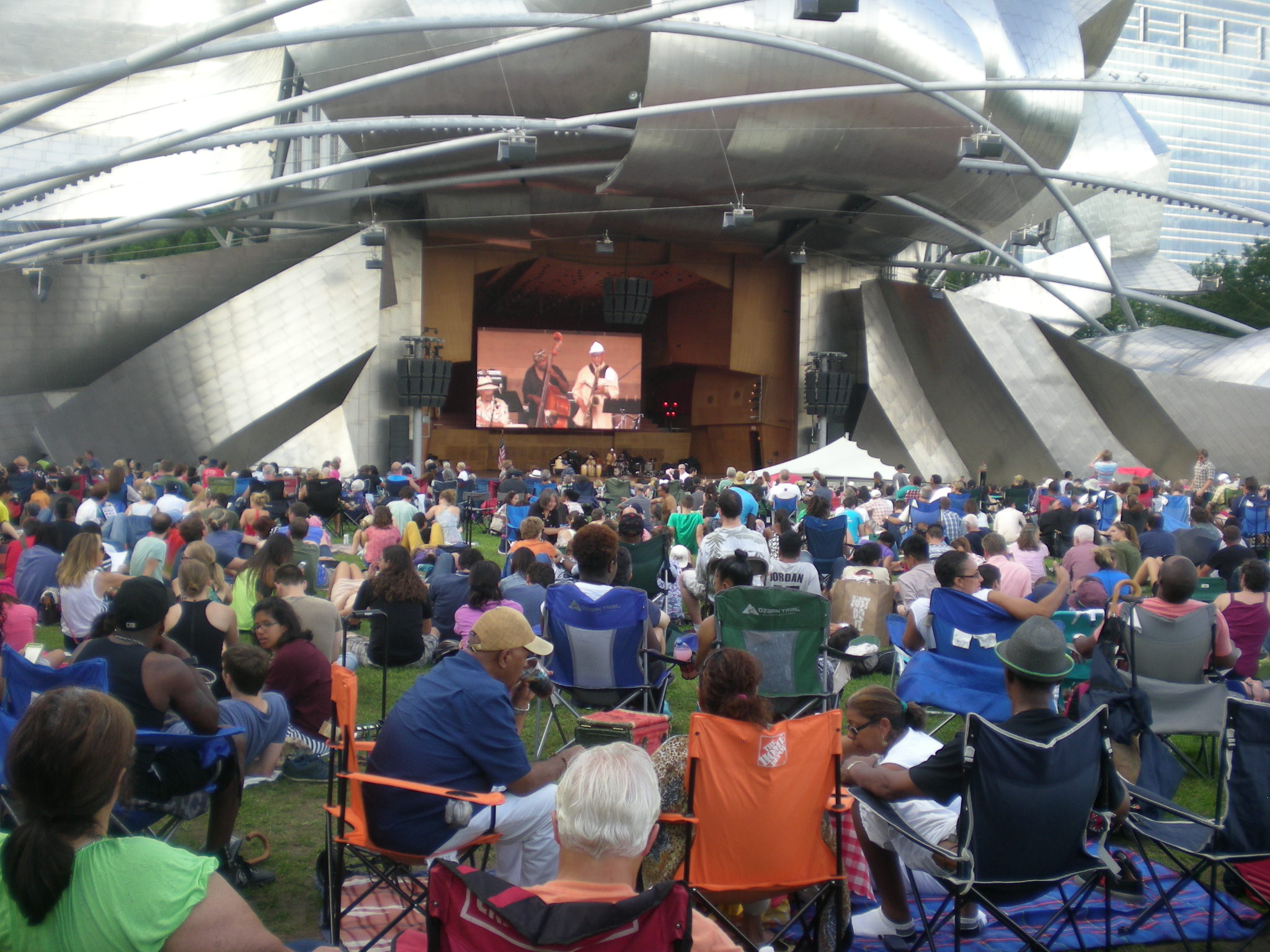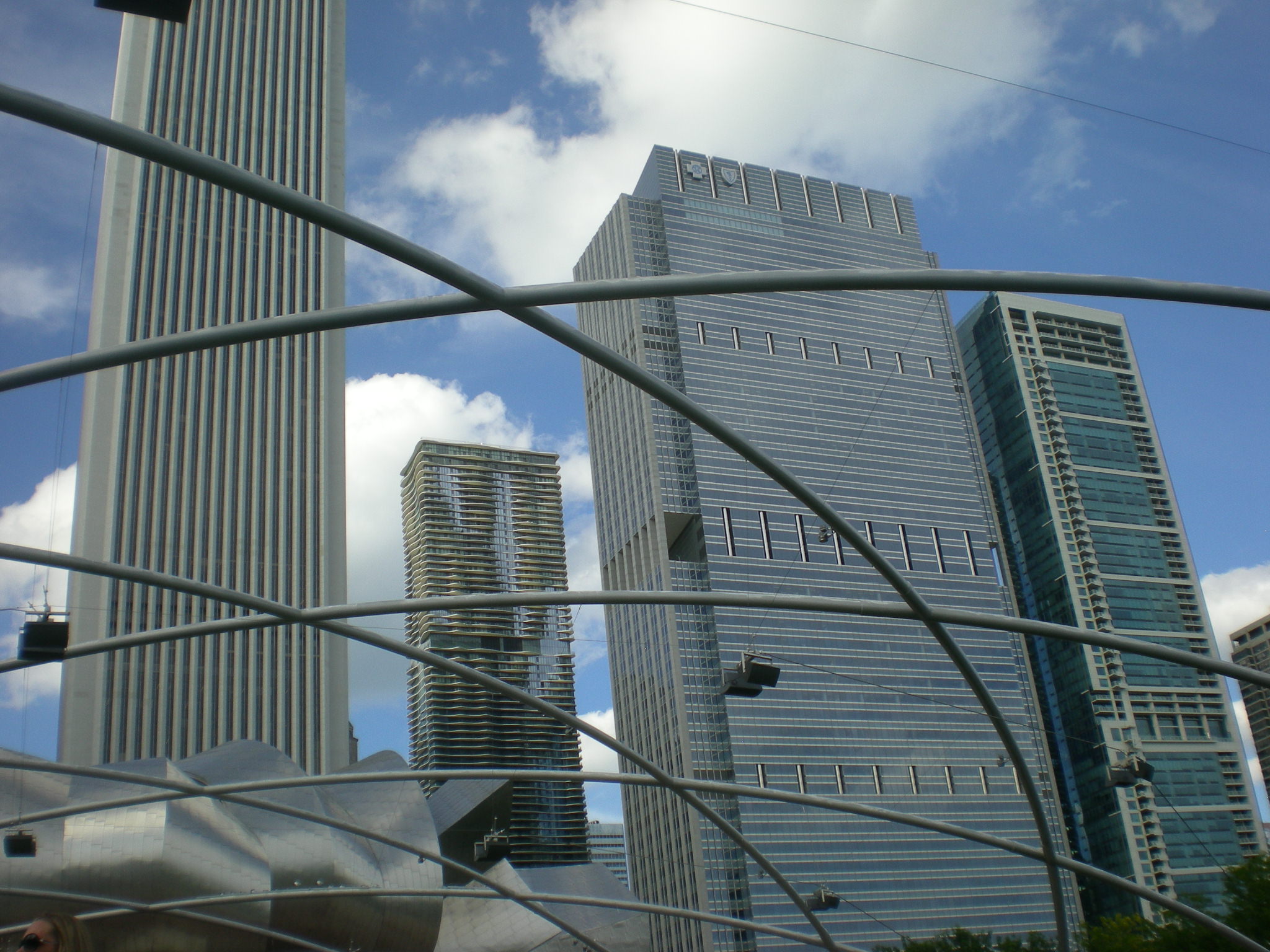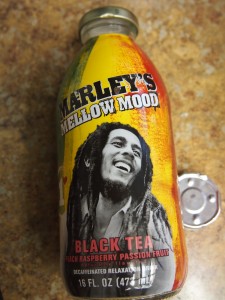I went to St. Charles on Sunday to see live music at the Arcada Theater, which is on Main St.
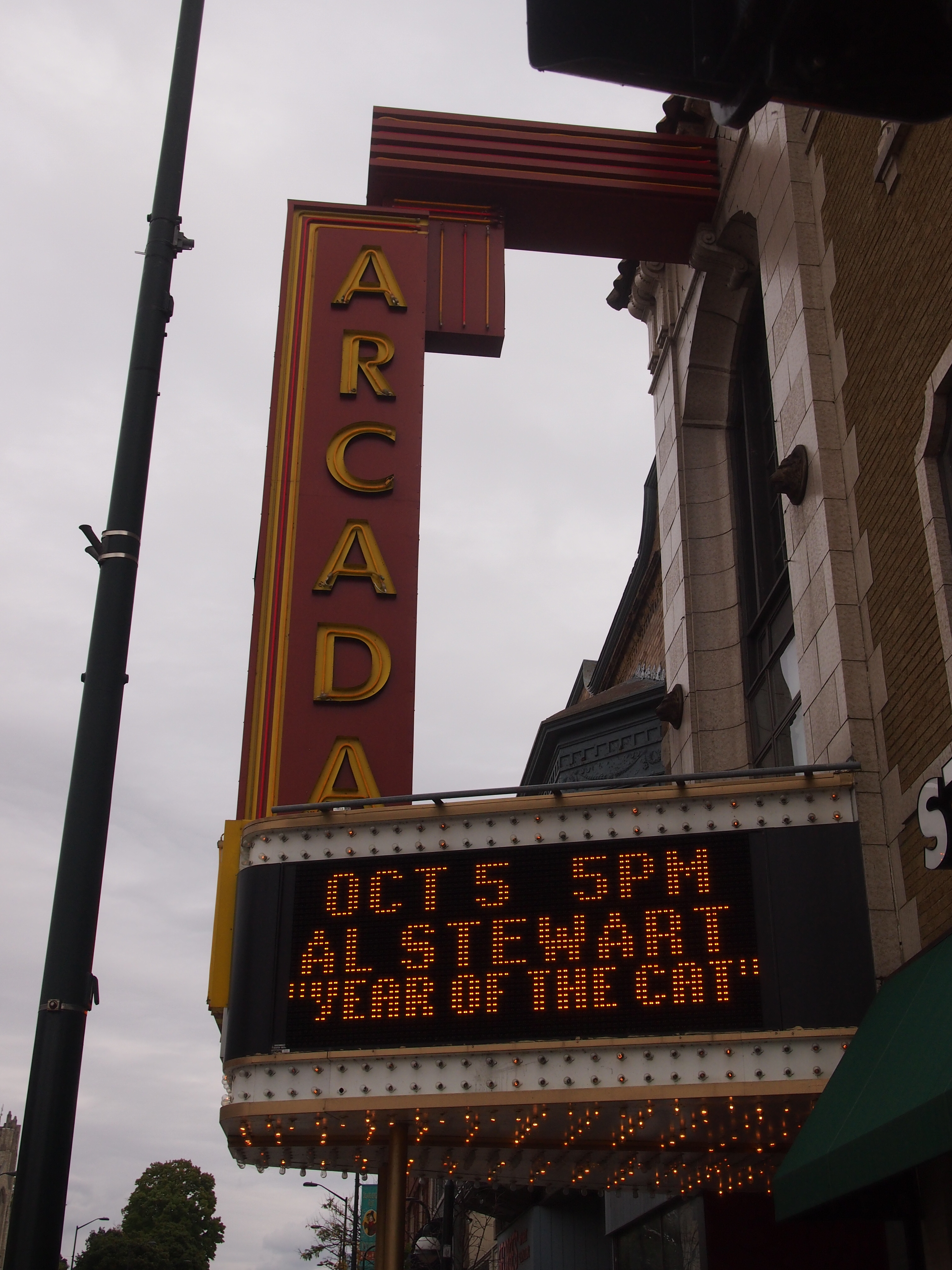 Al Stewart again, with right-hand man Dave Nachmanoff. I hope Al has more years as a touring musician, but he’s 69, so there’s no guarantee. I won’t drive to, say, Saskatoon to see him, but if he plays nearby, I’ll make the effort. No one else in the house was interested, so I went by myself.
Al Stewart again, with right-hand man Dave Nachmanoff. I hope Al has more years as a touring musician, but he’s 69, so there’s no guarantee. I won’t drive to, say, Saskatoon to see him, but if he plays nearby, I’ll make the effort. No one else in the house was interested, so I went by myself.
The Arcada Theater is a mid-sized venue, seating about 900 and dating from the 1920s when it was built as a movie house and vaudeville stage. Lester Norris – that’s the husband of Dellora Norris – developed the place. According to Wiki at least (I’m not going to chase down another source), the act at the grand opening in 1926 was Fibber McGee and Molly, which would have been when they were known locally in Chicago as radio players.
These days, a fellow named Ron Onesti, president of the Onesti Entertainment Corp., owns the theater. He’s a hands-on kind of impresario, to judge by his talkative, enthusiastic introduction of the act, and the give-away of tickets by random drawing during the intermission that he presided over, asking the audience questions such as who came here from the furthest? (Someone claimed to be from England.)
He’s got a niche: shows for people roughly my age (10 years either side, I’d say). Note some of the upcoming acts: Asia, Gary Wright, the Fifth Dimension, Tommy James and the Shondells, Kansas, BJ Thomas, America, Little River Band. Onesti was also out in the lobby after the show, talking to patrons. “Good show,” I told him.
I talked for a moment to Dave Nachmanoff, for that matter, before the show. He was standing next to a table of his CDs, and another table of Al Stewart merchandise. I told him I’d seen him a number of times, and enjoyed the shows. He seemed to appreciate the sentiment.
Al Stewart was in fine form, expertly playing his guitar and singing with pretty much the same voice as 40 years ago. I doubt that I’ll have half that much energy, should I survive to his age. The set list was mostly mid-period Al, with numbers from Past, Present and Future, Modern Times, Year of the Cat and Time Passages, but also some later songs, such as the especially good “Night Train to Munich” and “House of Clocks.” Not much this time from his early records, if anything, and nothing from Last Days of the Century.
No “Roads to Moscow” either, which is one I’ve yet to hear him play live, and would like to. Of course, it clocks in at more than eight minutes, so maybe he doesn’t play it often. Truth is, the man has a large opus. He could stitch together three or four entirely different set lists and they’d be just as good.
Essential to his show is the patter between the songs, and he didn’t disappoint, either telling stories about swinging ’60s London or the historical context of a particular song or something autobiographical.
For instance: “I decided when I was 11 or 12 that I wanted to play guitar and write songs. But I realized something when I left school at 17. Although I loved rock ’n’ roll, Little Richard and Elvis Presley and the Everly Brothers and Jerry Lee Lewis and Eddie Cochran – I loved Eddie Cochran – I realized when I started trying to do it, I couldn’t do it. I can’t explain how terrible that was. The only thing I loved in the world, and I couldn’t do it. It was a tricky period. Then Bob Dylan came along. He couldn’t play or sing either. [enormous laughter] But he sounded like he’d swallowed a dictionary. [more laughs] That was it. That was my ticket, right there.”
Introducing his song “Warren Harding”: “Pretty much everything went wrong while he was in office, and he followed the cleverest president, Woodrow Wilson, who was fiercely intellectual, and the most idealist president – he believed in world peace, and that he alone could sort out all the troubles in the world after World War I, and it killed him. None of the things he wanted actually happened. Warren Harding: Hey, let’s party! He stayed up drinking with the press corps and playing cards. He was the anti-Wilson. Who was best? Actually, neither of them.”
Al mentioned at point that he was sorry the Bears lost that day. “He follows American football,” Dave said.
“I do, actually,” Al answered.
“He doesn’t care a whit for soccer.”
“I can’t support any game played for 90 minutes, where the score is nothing-nothing. [laughter, applause] That’s not sport, that’s torture.”
 Later, I grew especially fond of the long, melancholic tracks on Love Over Gold. Maybe it helps to be not particularly melancholic to appreciate such things.
Later, I grew especially fond of the long, melancholic tracks on Love Over Gold. Maybe it helps to be not particularly melancholic to appreciate such things.